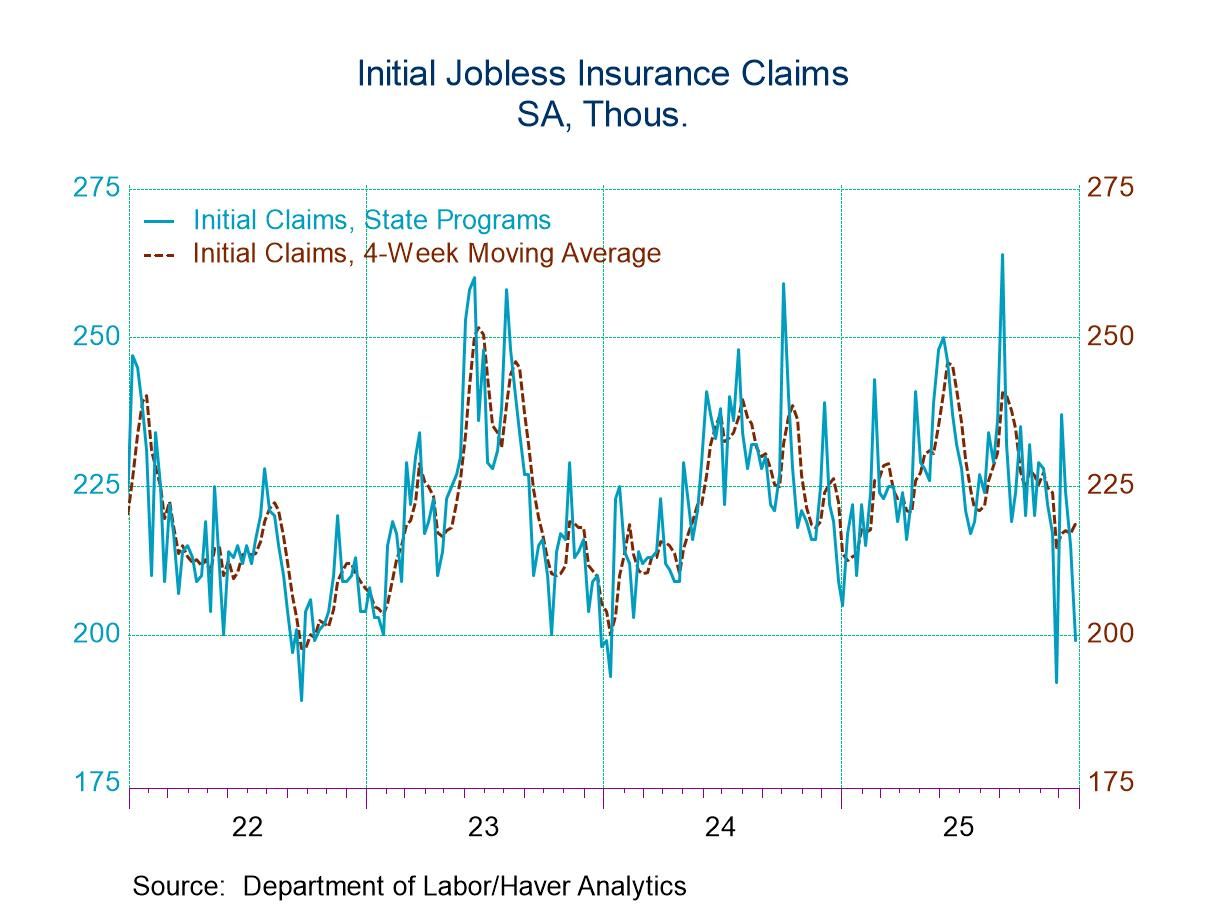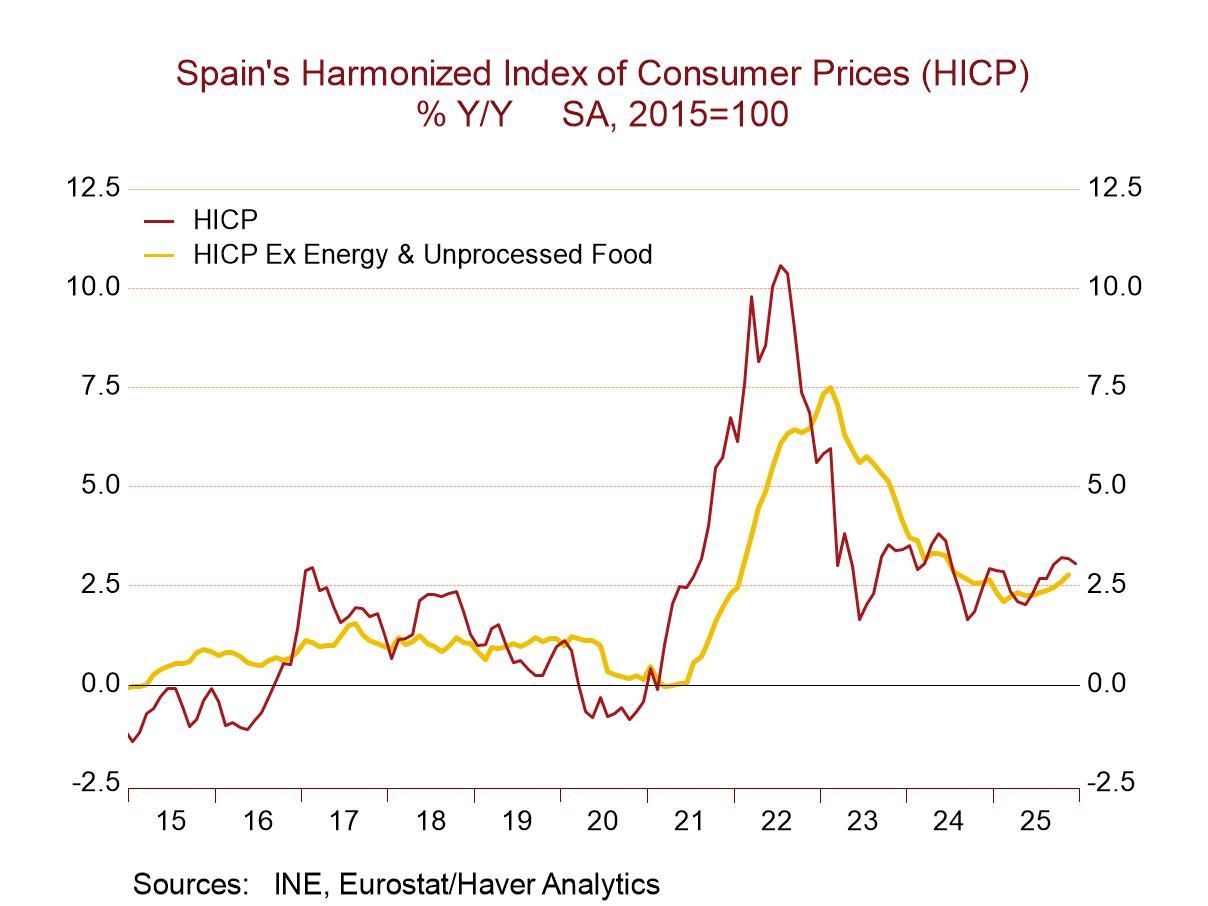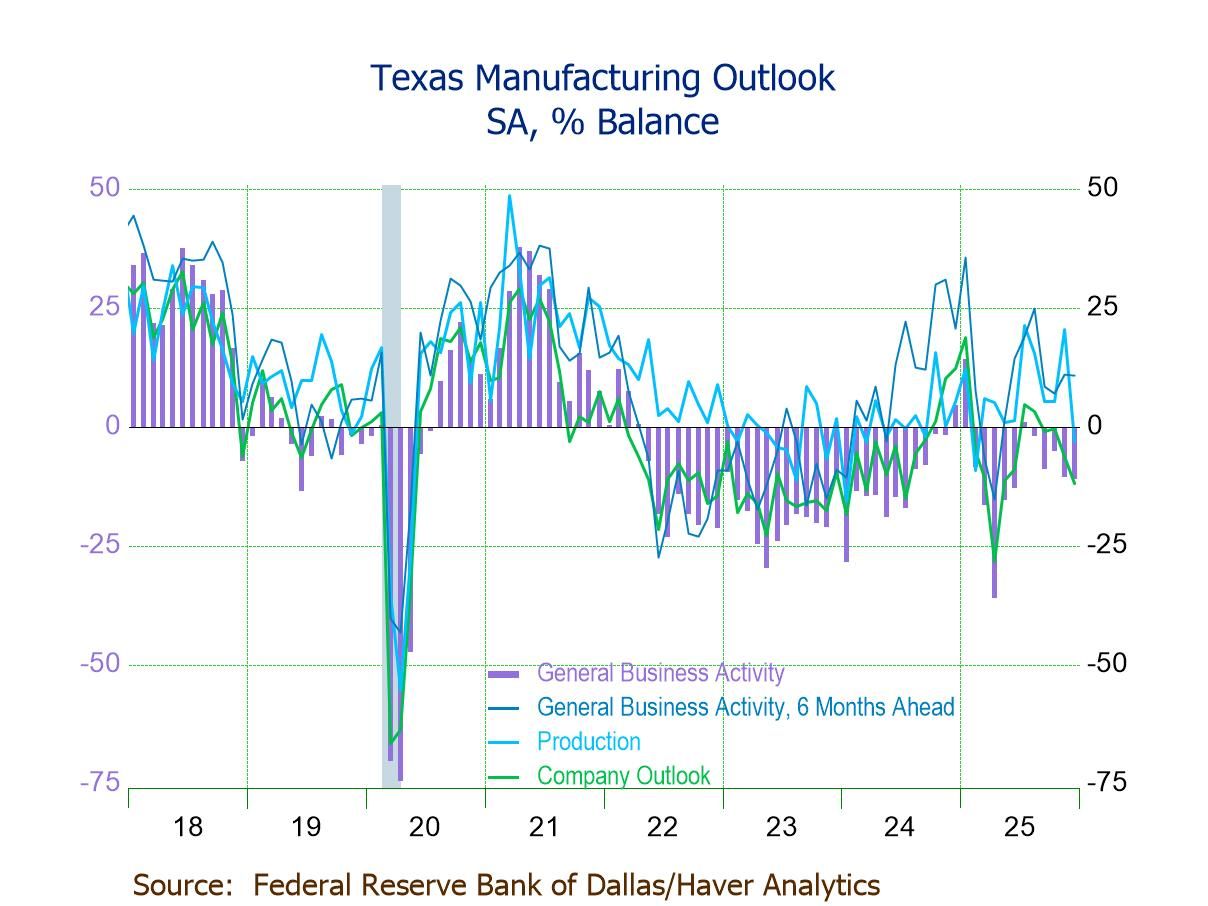U.S. Productivity & Unit Labor Cost Growth Slow in Q4
by:Tom Moeller
|in:Economy in Brief
Summary
- Productivity slowdown is from three-year high.
- Unit labor costs rise minimally.
- Factory productivity gain lessens unit labor cost growth.


Nonfarm business sector productivity increased 3.2% (SAAR) during Q4’23 following a 4.9% rise during Q3. The 2.7% y/y increase compared to a 2.0% decline during all of 2022. These quarterly gains followed a 3.6% Q2 increase according to the Bureau of Labor Statistics. Expectations had been for a 2.8% rise in the Action Economics Forecast Survey. The y/y gain was the quickest since 2020. The 3.3% y/y rise in real value-added output was in contrast to a 0.4% 2022 gain.
Hours-worked in the nonfarm business sector rose 0.4% (0.6% y/y) after increasing 0.9% in Q3. Hours worked rose 2.5% in 2024.
Hourly compensation strengthened 3.7% last quarter (5.0% y/y) after a 3.8% Q3 gain. Adjusted for price inflation, real compensation per hour rose 0.9% (1.8% y/y) after increasing 0.2% in Q3. These gains compare to a 3.4% rise in Q2’23.
Productivity strength helped keep the rise in unit labor costs to just 0.5% (2.3% y/y) after a 1.1% decline during Q3. The Action Economics Forecast Survey called for a 1.3% quarterly rise in unit labor costs.
In the manufacturing sector, output per hour rose 2.3% last quarter (0.7% y/y) after falling 0.8% in Q3. Manufacturing output fell 2.4% (-0.5% y/y) following a 0.3% easing in Q3. Hours-worked declined 4.6% (-1.2% y/y) after rising 0.5% in Q3.
Compensation per hour in manufacturing strengthened 6.6% (6.2% y/y) following an 5.5% Q3 increase. Real compensation rose 3.8% (2.9% y/y) after gaining 1.8% in Q3. As a result, unit labor costs in manufacturing strengthened 4.2% (5.4% y/y) after a 6.3% Q3 rise.
The productivity and labor cost data are available in Haver’s USECON database. The Action Economics expectations figures are in the AS1REPNA database.


Tom Moeller
AuthorMore in Author Profile »Prior to joining Haver Analytics in 2000, Mr. Moeller worked as the Economist at Chancellor Capital Management from 1985 to 1999. There, he developed comprehensive economic forecasts and interpreted economic data for equity and fixed income portfolio managers. Also at Chancellor, Mr. Moeller worked as an equity analyst and was responsible for researching and rating companies in the economically sensitive automobile and housing industries for investment in Chancellor’s equity portfolio. Prior to joining Chancellor, Mr. Moeller was an Economist at Citibank from 1979 to 1984. He also analyzed pricing behavior in the metals industry for the Council on Wage and Price Stability in Washington, D.C. In 1999, Mr. Moeller received the award for most accurate forecast from the Forecasters' Club of New York. From 1990 to 1992 he was President of the New York Association for Business Economists. Mr. Moeller earned an M.B.A. in Finance from Fordham University, where he graduated in 1987. He holds a Bachelor of Arts in Economics from George Washington University.






